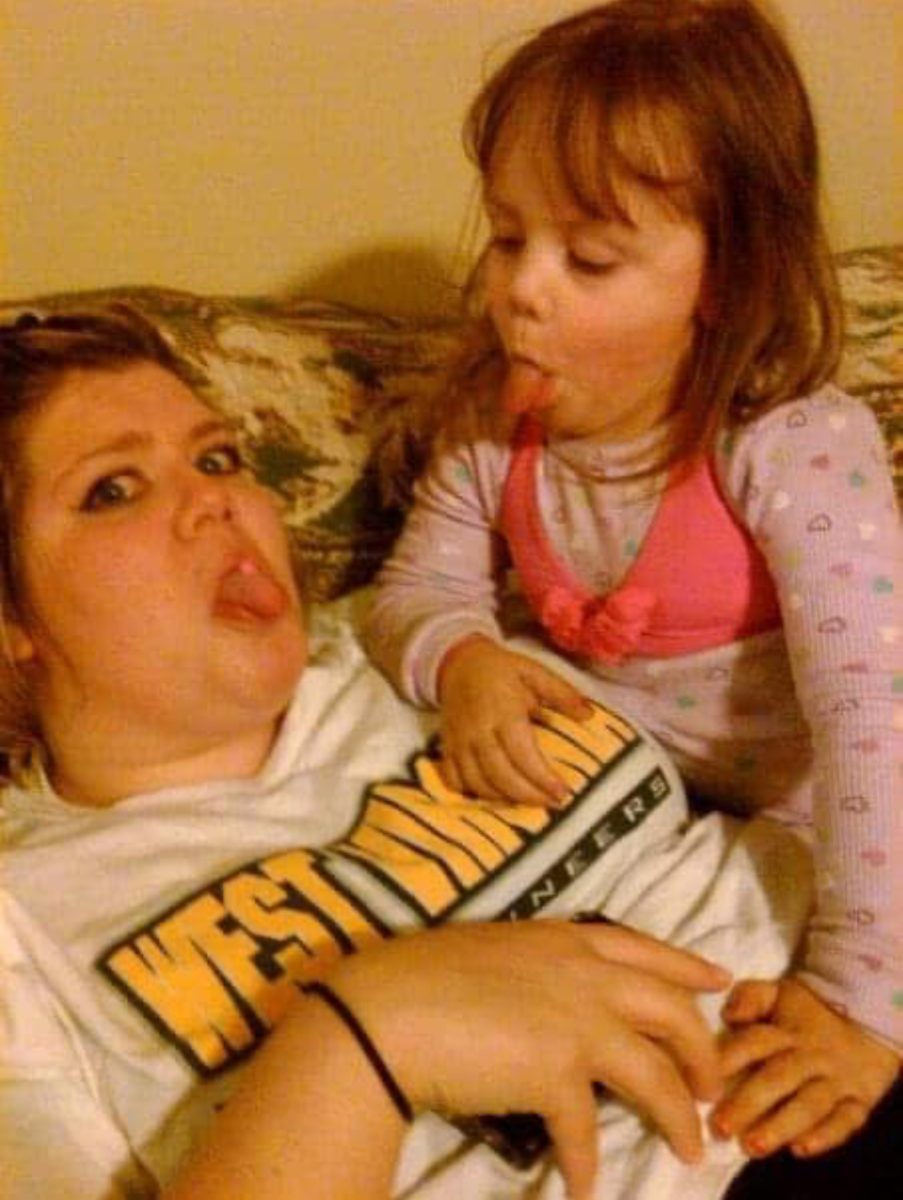If you are a girl, you’ve likely been in this situation: you realize you need a period product so you leave class for the bathroom. But, when you get there, there are no products available. It’s a frustrating scenario.
To avoid this situation, menstrual products should be in all girls bathrooms at PHS so that they are accessible and readily available. When there is a lack of period products, it can cause health issues and affect students’ education.
Some girls can’t afford period products. According to the National Conference of State Legislatures, 64% of female high school students reported not being able to afford period products when needed at least once in the school year, and 34% reported missing school due to a lack of menstrual supplies. Some girls really struggle to afford period products, and period poverty, the inability to afford and access menstrual products, is very prevalent today.
When girls don’t have access to the proper products, they can develop health complications. According to the National Library of Medicine website, poor menstrual hygiene could lead not only to physical health problems, such as reproductive and urinary infections, but also lead to issues that are related to mental health, linking the menstrual cycle to a negative feeling and leaving people who menstruate feeling ashamed.
According to goauntflow.com, 84% (of girls) have missed class or know someone who missed it because they don’t have access to menstrual products. Sixty-six percent of girls surveyed stated they don’t want to be in school during their period. Two-thirds of the teen girls in their survey feel stressed because of the lack of products in their school. This shows how much this is affecting girls and how they feel because of it.
While the bathroom on the first floor does offer needed supplies, there should be period products in all the girls restrooms at PHS. This topic is important because it affects more than half the population at this school. Period poverty is very prevalent today, as it affects as many as 500 million people across the globe, according to American University.
Even when they are on government assistance, women still have to pay for period products, and those are not cheap. School nurse Tori Stevens agrees that period products should be free in all bathrooms and paid for by the government.
“For people who can’t afford them, I feel that their money shouldn’t have to funnel towards that,” Stevens said. “It should be something that the government provides to all.”
Stevens said she gives out 10 to 15 pads or tampons per day and stocks the first floor bathroom with products every week. She received a donation of around $5,000 worth of products at the beginning of the year and students have already used a majority of those products.
A way to help people who need period products is through the nonprofit, The Pad Project, which has distributed 1 million menstrual products across the United States and produced 268,704 pads using their pad making machines. The Pad Project has also educated 3,700 individuals about menstrual health.
Please consider giving to The Pad Project or any other nonprofits that help period products become accessible.









Brittany Ward • Jul 9, 2025 at 10:14 pm
ABSOLUTELY! There is no reason for these products not to be available in all the bathrooms!